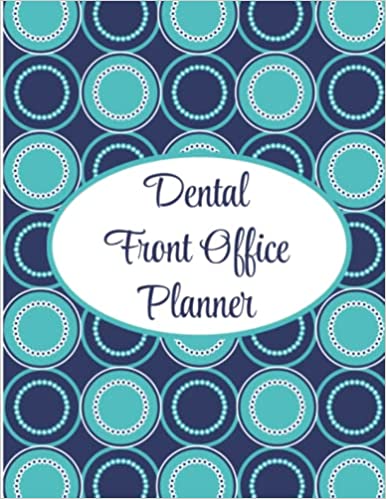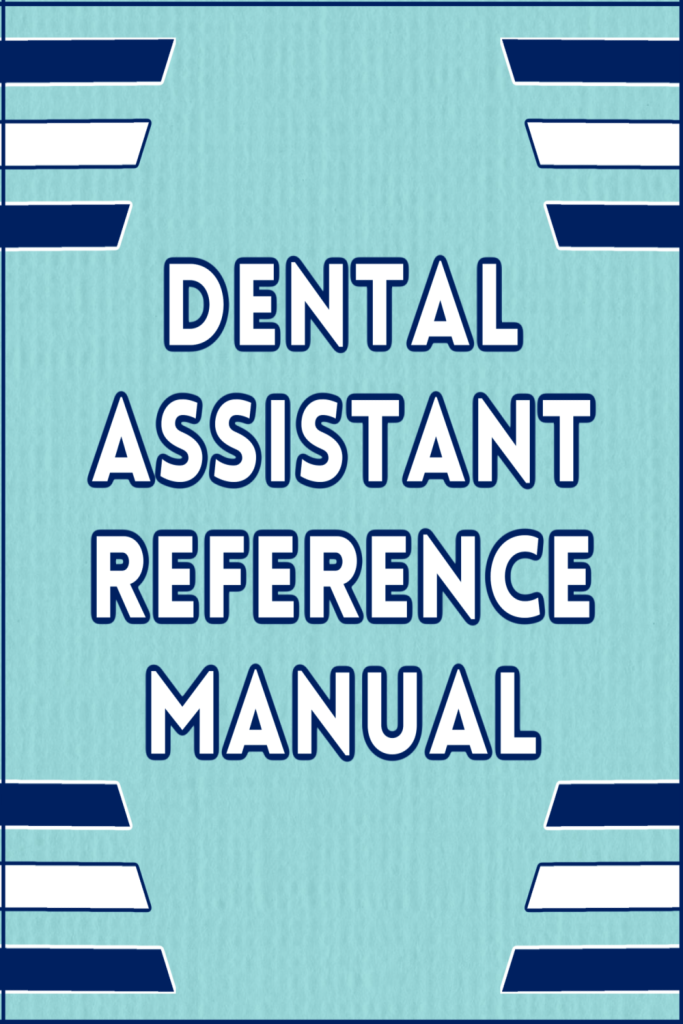The ABCs of Dividing Dental Front Office Duties so that Everyone is Productive and no one Loses their Sh**
Last Updated on December 27, 2023 by Anna Baumann
The ABCs of Dividing Dental Front Office Duties so that Everyone is Productive and no one Loses their Sh**
Dividing duties and assigning roles are some of the biggest headaches in the dental front office. We need separated positions and job descriptions for organization and accountability. But we also need everyone cross-trained and working together as a team. Being well-organized is especially important during these post-quarantine times when so many of us are short-staffed.
Whether it’s a first attempt at departmentalizing or a redistribution of responsibilities, it’s hard to know where to start. Then there are other challenges like who fits best into each role and dealing with pushback from staff who aren’t on board with the changes. Wherever you are in the process, I hope this helps! These are my ABCs of dividing dental front office duties so that everyone is productive and no one loses their sh**.
Analyze your needs
Staff
How many people do you need to cover the workload? A good rule of thumb is one person for every three providers. But every practice is unique, so be sure to consider patient volume per provider. And if your open hours include multiple shifts, look at the timing and what you want to accomplish during that time.
Also, take a close look at your current team members. Determine who fits best in each role and who might not fit in at all. If you’re questioning someone’s ability or attitude, it might be time to make some hard decisions. And they are hard decisions because lately, it feels like having somebody is better than nobody. But that’s what reorganizing is for. If you really have to let someone go, consider how their position might be absorbed by your remaining team.
Space
Everyone needs a workstation with a computer and phone. If you’re in a small office with one or two Doctors, keep everything at the front desk. In larger practices with more space, create separate areas for the Front Desk (patient flow) and Front Office (administrative). If your office space doesn’t accommodate your needs or you’ve outgrown it, use what you have for the front desk. Then work on administrative business during patient-free hours. If necessary, outsource until you find a permanent solution to expand your space.
Problem Areas
Overwhelming patient flow, a rise in mistakes, or things not getting done are all good reasons to organize (or reorganize) job duties. Identify your main problem areas and ensure that you’re solving them with each change you make.
While you’re analyzing your front office needs, take a close look at your patient release protocol. The entire front desk/front office process starts with patient release from the clinic to the front desk. So ensure that there is thorough and accurate communication from back to front.
Break it up
Small Teams
If there are only two people for the front desk and front office, they should both work on everything. That way they share equal responsibility and things flow well, even when one of them is out sick or on vacation.
Depending on where they sit, one will likely be first for patient check-in and the other for patient check-out. To keep it interesting, switch places weekly along with administrative tasks like insurance and patient follow-up. They should also split the mail and take turns answering the phone.
Division of duties can begin with three team members, cross-trained for coverage. Choose titles that fit your practice. For example:
Receptionist: Patient check-in, answer phones, update patient information, patient release overflow
Scheduling Coordinator: Patient release, scheduling, unscheduled treatment, and hygiene follow-up, financial arrangements, phones, and check-in overflow
Business/Insurance Coordinator: Insurance (claim preparation, submission, and follow-up), payment reconciliation, receivables, phones, and front desk overflow.
Large Teams
After you identify your problem areas, decide whether you can redistribute things among your current team or if you must hire more staff in certain areas.
As practices grow, problems pop up in more than one area at a time. For example, if your current issues are an overwhelming patient release flow and outstanding claims, you may need another Scheduling Coordinator and an Insurance Coordinator. But if you’re not sure if you can take on two more employees, get creative. Hire one person with insurance experience and place them in an area where they can help with patient release overflow. Then keep a close eye on their impact, and the workflow, to see if this solves the problem.
While you’re distributing duties, remember to create scenarios where several positions cross-train to cover each other. For example, every position should cross-train for Reception. Reception should know the Treatment and Hygiene Coordinator positions enough to help out during downtime or cover if someone is out. Same with Insurance and Financial Coordinators.
Communicate your plan
People generally do not like change. You might be working with a team that’s very comfy in their little corners of the office. So it’s important to present your plan in a way that doesn’t cause more problems than you already have.
Share it once
Share your new game plan with everyone at the same time. You’ll spend some time developing your strategy for dividing or redistributing duties. Do not bounce your ideas off of the people involved. That’s how rumors and drama start, and that’s the last thing you need for a successful transition.
Be positive
Change can either be scary or exciting. Make it exciting! Focus on the problems you’re solving. And emphasize that the goal is for everyone to have a less stressful work-life with more organization and better communication.
Create and distribute clear-cut job descriptions
Prepare and print your new job descriptions so they are ready to distribute in some type of cover or folder. It gives the presentation a professional feel and clearly shows everyone what they’re responsible for. It also gives them something permanent to refer back to. There should be no grey areas, but let them know they can come to you with their questions or concerns. If someone doesn’t feel comfortable or qualified to perform in their role, address it right away. You might need to provide more training or tweak some things before it all flows well.
Serve Cake
Cake is always a good idea. So, be sure to serve cake or some fancy cupcakes at your presentation meeting. It’s always easier to solve problems when you’re eating cake. 🙂
Final Thoughts
Once you start organizing or reorganizing, monitor it closely and fine-tune as necessary. The goal is to create an environment where your team accomplishes everything efficiently. But they’re not either overwhelmed or bored. It’s a fine line so keep an eye on it and meet regularly to address and resolve issues quickly.
Although all Dental Front Offices have the same basic goals, we each have our own unique challenges. We grow at different rates, offer different services, and have varied office spaces. The best practice is to do what works best for your practice. I created a Brainstorming Worksheet below to help you organize your thoughts. Download and print as many copies as you need for all of your locations and departments.
I hope this is helpful! 🙂 Please stop back and let me know how you’re doing!











3 Comments